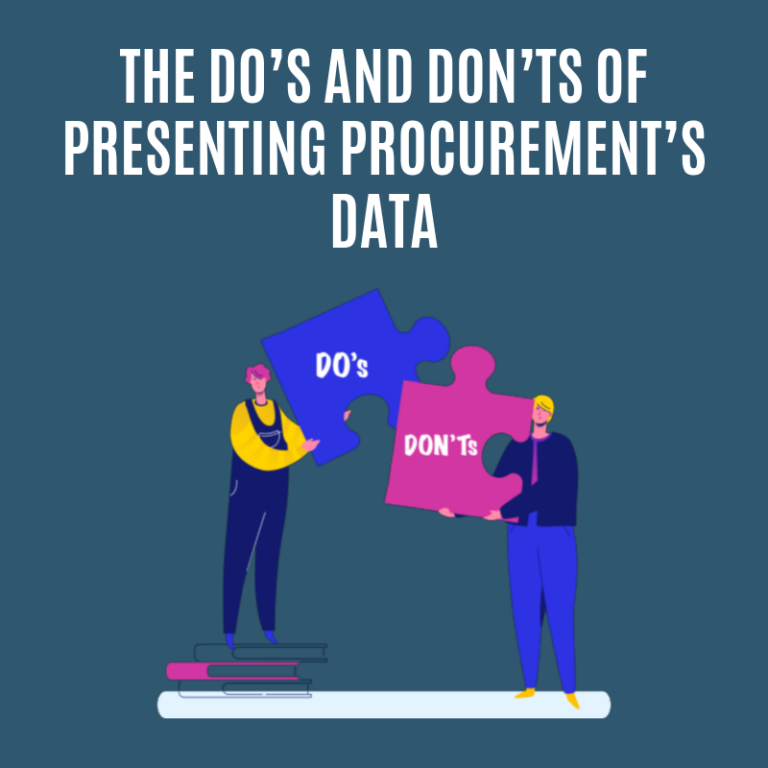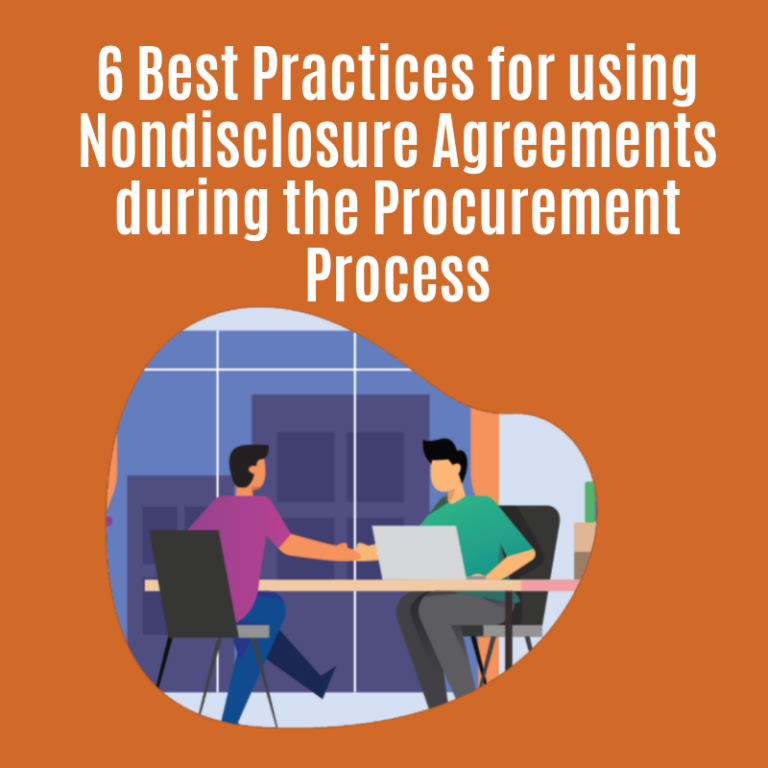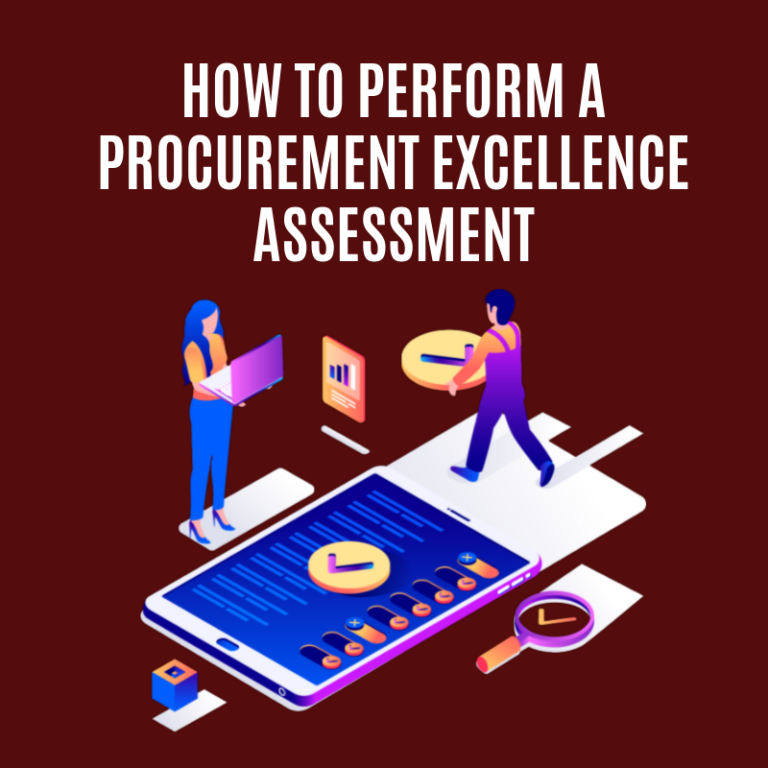Most companies work with vendors that have both a retail and an online presence. Think Staples and Home Depot as prime examples.
Vendors like these provide a great deal of convenience in that you can buy online or in-store; however, in-store purchases can be black holes for unmanaged spending. Here’s why.
The vast majority of in-store transactions are made via credit card, which oftentimes provides no visibility into transactional data. Details reside on individual receipts, which makes it impossible to get visibility (at a corporate level) into all of the things employees are really buying. Making matters worse, purchases made on employee credit cards are rarely tied to the contracted pricing you may have established with the vendor. So not only do you have no visibility, you’re likely paying more too.
A great way to alleviate these problems and streamline your in-store ordering is to use convenience cards. In essence, they connect the buyer to your company’s master account with the vendor. This does two important things:
First, it ensures that the items bought in-store are tied to your organization’s contracted pricing. That way, you don’t have to worry about paying full price for in-store purchases.
Second, it adds those in-store purchases to your monthly bill rather than paying for them on-site with a credit card. Fewer credit card reconciliations. Fewer checks for you to cut. And better visibility into what’s really being purchased at the store level.
Many vendors with a significant retail and online presence offer some form of convenience card. If you aren’t using them already, be sure to talk to your vendors and see what they offer. The set-up time is minimal, and the benefits can be significant.
Tom is Founder and CEO of Vendor Centric, a consulting firm that helps organizations adopt a risk-based approach to vendor management. Connect with Tom on or drop him a note at .




















 Tom is a trusted advisor on procurement and third-party management to organizations across the United States. Having worked with over 120 organizations over his 30-year career, he has a unique ability to bring creativity and discipline to finding solutions for even the most complex challenges his clients face.
Tom is a trusted advisor on procurement and third-party management to organizations across the United States. Having worked with over 120 organizations over his 30-year career, he has a unique ability to bring creativity and discipline to finding solutions for even the most complex challenges his clients face.



